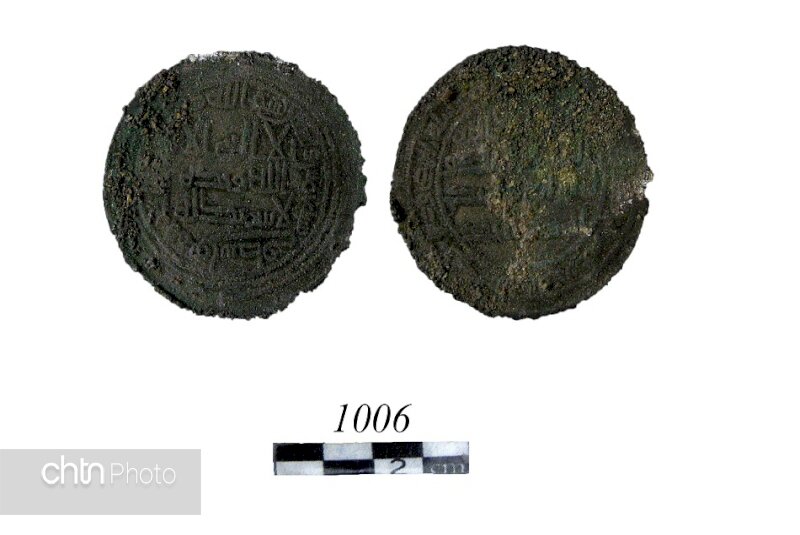Parthian, Sassanid, Islamic coins under restoration by Iranian experts

TEHRAN – Some 200 historical coins are currently being restored by a team of Iranian experts at Mofakham Museum of Bojnurd in North Khorasan province.
The coins, which date back to the Parthian, Sassanid, the early Islamic eras, will go on display after being fully restored and documented, according to Ali Mostofian, the provincial tourism chief.
The Parthian Empire (247 BC – 224 CE), also known as the Arsacid Empire, was a major Iranian political and cultural power in ancient Iran. Their wealth obtained through lucrative trade networks resulted in substantial patronage of the arts, in particular, relief sculpture, statuary (large and small scale), architectural sculpture, metalwork, jewelry, and ceramics; coins with images of Parthian rulers form another important category of objects.
The Sasanian dynasty (224 CE–651) of Iran introduced the concept of thin flan coins, issues that were struck in relief on both sides. In that era, crafts such as metalwork and gem-engraving grew highly sophisticated, as scholarship was encouraged by the state; many works from both the East and West were translated into Pahlavi, the official language of the Sassanians.
The conquering Muslims at first mimicked the coinage of their predecessors. In the western provinces, they issued gold and copper pieces imitated from contemporary Byzantine coins, modifying the cross on the reverse of the latter somewhat to suit Muslim sensibilities.
ABU/AFM
Leave a Comment